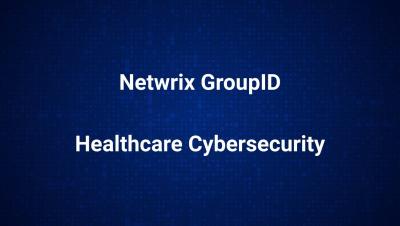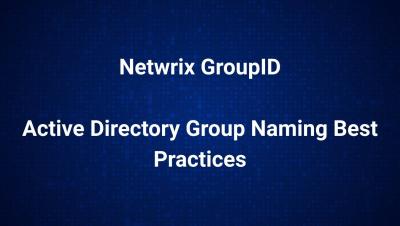Guide to Group Policy Management in Active Directory
Group Policy is a feature of Microsoft Windows operating systems that helps administrators manage and secure users and computers in Active Directory environments. Group Policy settings are grouped into Group Policy objects (GPOs) and applied to computer and user objects within the scope of the GPO. For example, Group Policy objects can be used to manage: This guide explains the key elements of Group Policy management.











